Media | Articles
Revealed: Ford’s 400-plus-hp Bronco Raptor bares its talons

You don’t need to be familiar with Ford Performance’s Raptor sub-brand to recognize the awesomeness of a desert-running 4×4 stuffed with long-travel shocks and 400-plus horsepower. But if you know the nameplate’s off-roading prowess, you know exactly what the arrival of the Bronco Raptor means: Ford’s born-again trucklet just grew talons.

First off, the name. If Shelby designates the top echelon of Ford’s on-road performance machines, Raptor denotes the gnarliest set of off-road weaponry. The first product under this sub-brand was the F-150 pickup, first introduced in Raptorized form in 2010. (In Australia, as of the 2019 model year, the mid-size Ranger also got the Raptor treatment.)

The F-150 Raptor signaled an inflection point in the sort of factory-backed performance that customers craved: Dirt-flinging, dune-leaping, rock-crawling off-roaders were fast overtaking tire-shredding street rods as The Coolest Things with Beds. The first Raptor pickup was a two-door, short-box truck rolling on 35-inch tires—that’s height, not width—plus a V-8 and long-travel shocks. 12 years later, the F-150 Raptor is in its third generation—though it comes in SuperCrew guise only—and its off-road arsenal reads like an off-roader’s Christmas list: 37-inch (outer diameter) BFGoodrich KO2s, position-sensitive Fox Racing dampers, (optional) beadlock-capable wheels, and a swarm of cameras. The Bronco now inherits all this amber-eyed Raptor wealth … in a compact, open-air package.
Second, a word of qualification: This is our first official in-depth look at the Bronco Raptor, but Ford’s hush-hush media event didn’t include a driving stage. Ford’s also keeping mum on exact horsepower and torque specs—as expected for an automaker at this stage in the model-announcement game—so all we’ve got is a “targeted 400” horsepower. Price, too, is yet to come.
Let’s dig in.
Marketplace
Buy and sell classics with confidence
Though it won’t rival the Wrangler 392’s absurd, 470-hp V-8 for sheer power, the 3.0-liter, twin-turbo six is unique to the Bronco Raptor—with these turbos and in this tune, anyway. A similar three-liter six is found in the Explorer ST, in which application it generates 400 hp and 416 lb-ft of torque. In the Explorer, the engine block is cast aluminum; for the Bronco Raptor, Ford chose to pair a compacted graphite iron block with an aluminum head. (The 2.7-liter EcoBoost, from which the Explorer’s three-liter was derived, originally used the same block material.) Ford Performance commissioned new Garrett turbos and designed a robust cooling system—complete with a 1000-watt fan—to equip the trucklet for high-rpm, slow-speed desert runs. To cover the high-torque, rock-crawling end of the off-road spectrum, an upgraded transfer case provides a 3.06:1 4-low ratio that yields a maximum crawl ratio of 67.7:1. The only available transmission is a ten-speed SelectShift automatic, which has naturally been retuned for its Raptor application.

In no other area other than engine bay does the Bronco Raptor suffer from constriction. The rear track is 8.6 inches wider than that of the base Bronco four-door, and, thanks to the proud fender flares, the whole truck is 9.8 inches wider. The whole predatorial package sits 4.8 inches higher for a total ground-clearance stat of 13.1 inches. The change is instantly noticeable—the “Braptor” has attitude, down to the functional vents on its uniquely contoured fenders and the vent-happy hood … and the brawny suspension promises to back that visual boast.
New steel shock towers front and rear house Fox internal-bypass, semi-active dampers at all four corners. In back, the 3.1-inch-diameter shocks, which use external reservoirs, work with upgraded control arms to locate an electronically locking, semi-floating Dana 50 solid rear axle with a 235-mm ring gear and a 4.70:1 ratio. (Disconnecting swaybar goes without saying.) The front setup remains an independent differential design: a Dana 44 with a 210-mm ring gear complemented by beefed-up half-shafts. All this upgraded hardware results in an eye-popping range of motion—13 inches of travel in front and 14 in back. That’s a 60 and 40 percent increase, front and rear, compared to that of the base Bronco.

Combine this athletic setup with the Bronco Raptor’s modular steel bumper and cutaway fender flares, and approach, breakover, and departure angles increase dramatically: 47.2, 30.8, and 40.5 degrees, respectively. (Compare that to a four-door regular Bronco on 35s: 43.2, 26.3, and 37.0.) Maximum water fording sits at 37.0 inches.
One of the biggest challenges that the Ford Performance team faced in Raptorizing the Bronco was structural stability. To honor the Bronco tradition, the Raptor model had to be open-air—but once outfitted with the weapons-grade drivetrain and suspension, the truck showed an alarming tendency to shake itself apart. Sit inside the surprisingly luxurious cabin—more on that in a moment—and you’ll notice two palm-width crossbeams, one at the B-pillar and another at the C-pillar.
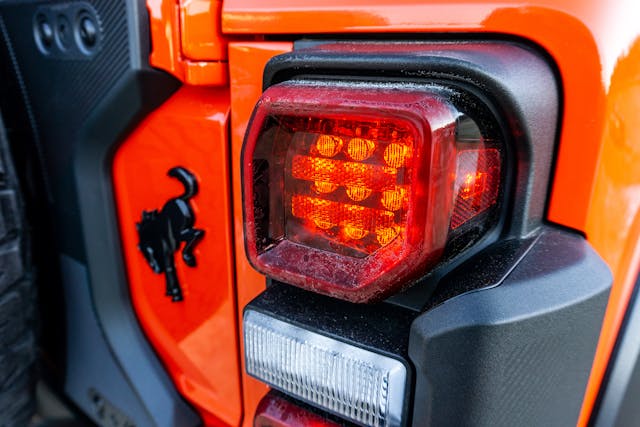
The latter, if you open the side-hinged tailgate and lift the glass upper panel, is a triangulated affair of matte-black and bright orange and one of the toughest points of the design according to Carl Widmann, chief engineer of Ford Performance. The engineering team’s solution to the problem of rear-end rigidity was to simply extend steel tubing across the trunk/cargo area—the “swingset,” they dubbed it. The studio team, understandably, balked at such an industrial solution. Eventually, they settled on a carbon-fiber-reinforced beam sandwiched between high-strength plastics that would hold a coat of paint. “Underneath, it’s a really ugly piece of carbon-fiber composite,” Widmann says.

The finished product looks rather cool, and together with the “B-bow,” helps to improve structural rigidity of the Bronco Raptor’s body-in-white by 50 percent compared to the base four-door.

Now, a bit on the creature comforts. As we suspected, there are two interior configurations. Both come with the 12-inch SYNC4 touchscreen, a fully digital instrument cluster, and a 360-degree camera (the High Package, in Bronco lingo). For those who prioritize easy cleaning, the “base” Bronco Raptor comes upholstered in black vinyl and fitted with rubberized washout flooring. Customers wanting a more dual-purpose experience can rest upon perforated suede- and leather-upholstered chairs and enjoy carpeted flooring. Both specs, however, get a generous sprinkling of genuine, low-gloss carbon fiber—on the grab handles, steering wheel bezel, and gear shifter.
Naturally, the Bronco Raptor gets its own G.O.A.T. mode, one calibrated to minimized turbo lag when pounding across the dunes. For the slower stuff, Trail Control, Trail Turn Assist, and Trail One-Pedal Driving come standard, and there’s a new active-valve exhaust unique to the Raptor model equipped with Normal, Sport, Quiet, and Baja (fully open) modes.

Though holders of existing Bronco orders will get first dibs on the Raptor model, the balls-out Bronco will likely catch the eye of F-150 Raptor owners (or even TRX customers) who crave an open-air off-roading experience in a package that’s—whisper it—a bit more manageable around town. If we’re talking factory-backed products, the Bronco Raptor has but a single rival: The Wrangler 392, Jeep’s $75K, Hemi-powered sandworm. On paper, the Bronco appears more agile, if less brutishly powerful. (Give the aftermarket a month with that three-liter, however.) The Ford also has the benefit of more tire—the Wrangler 392, if you opt for the Xtreme Recon Package, comes with 35s. That said, it’s hard to make a judgement between these two factory-backed 4x4s without price details for the Braptor.
For now, it’s clear that Ford has put together a thoroughly considered and entirely badass package. When we drive it, you’ll be the first to know.
Editor’s note: this article has been modified from its original publication.
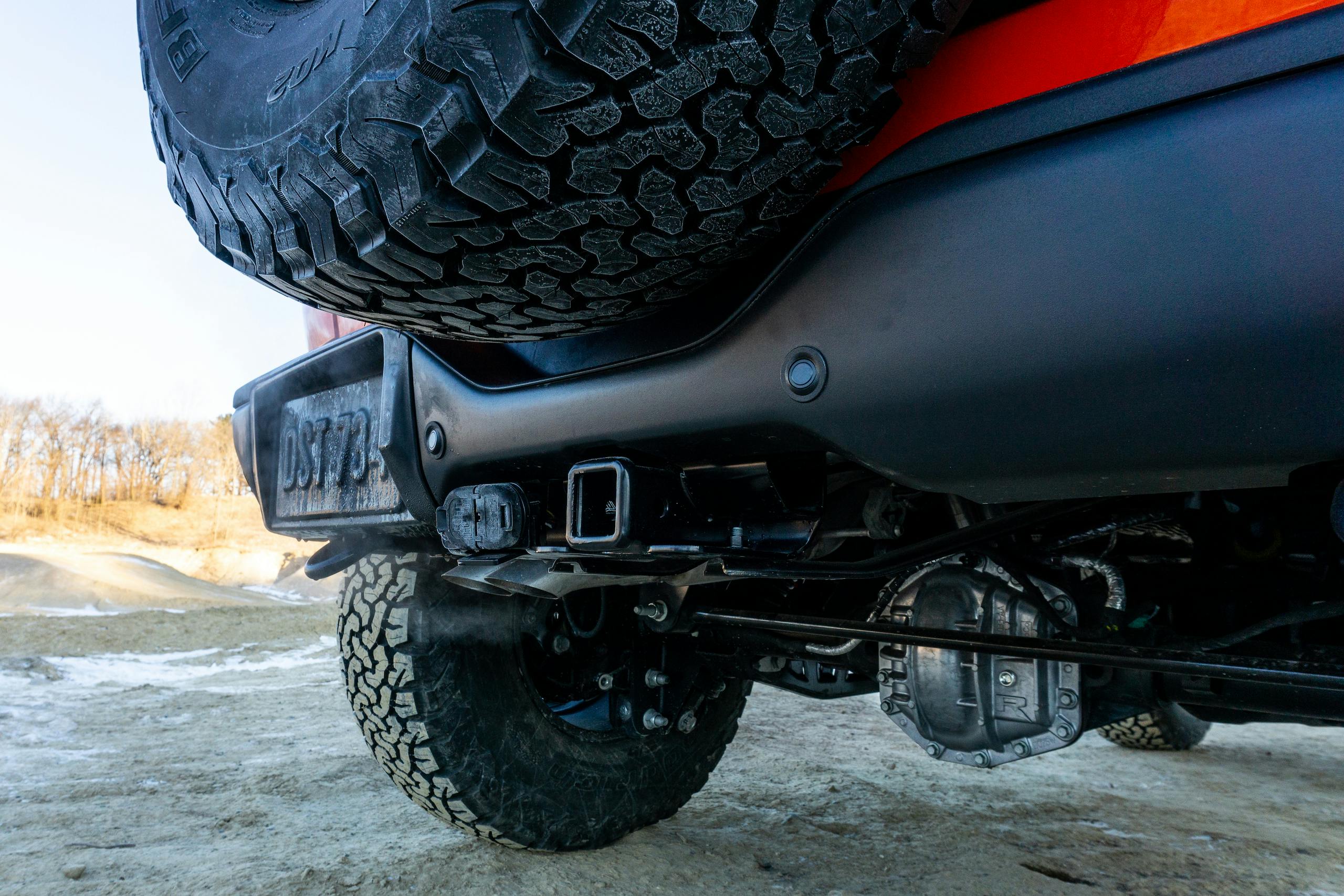
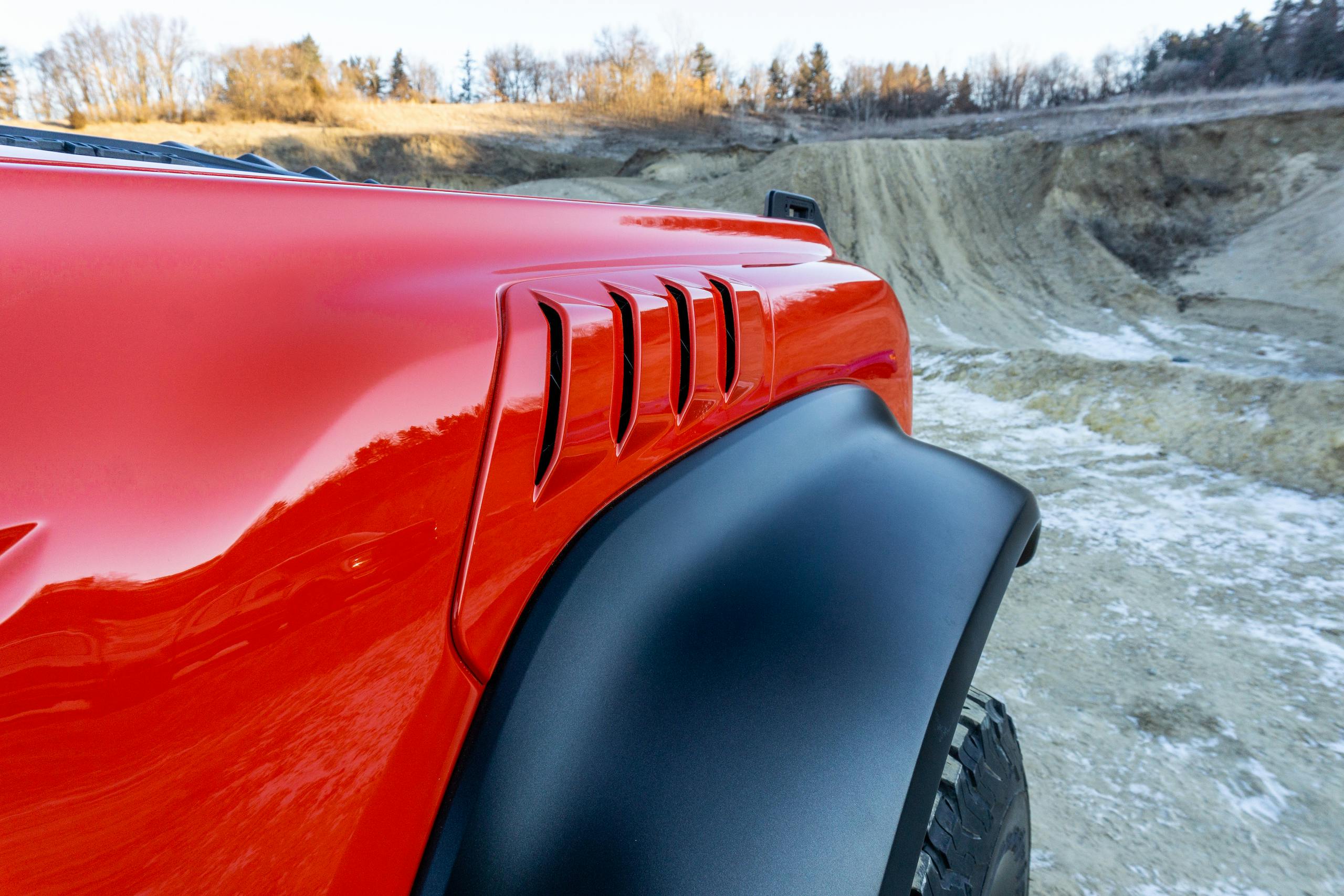


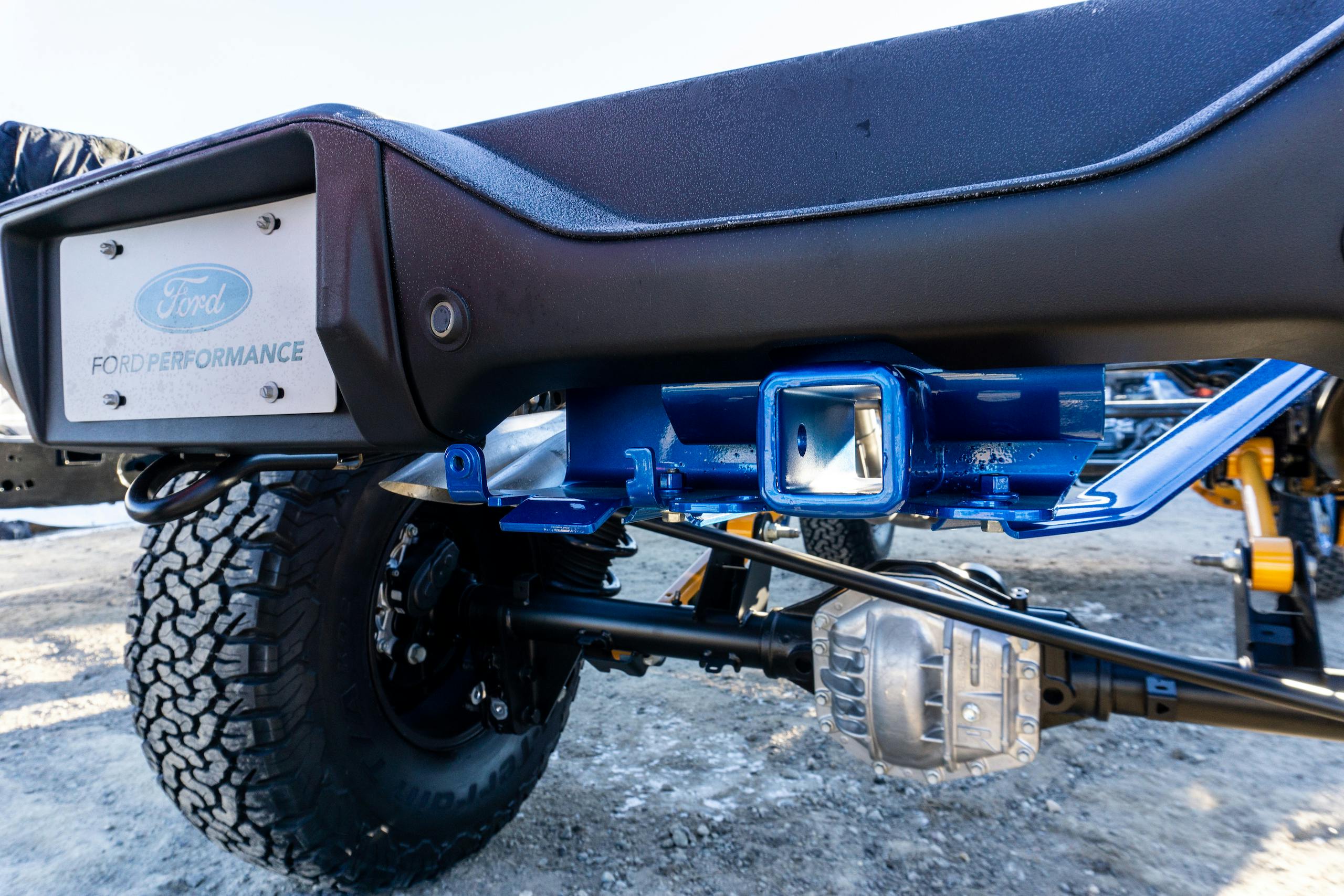
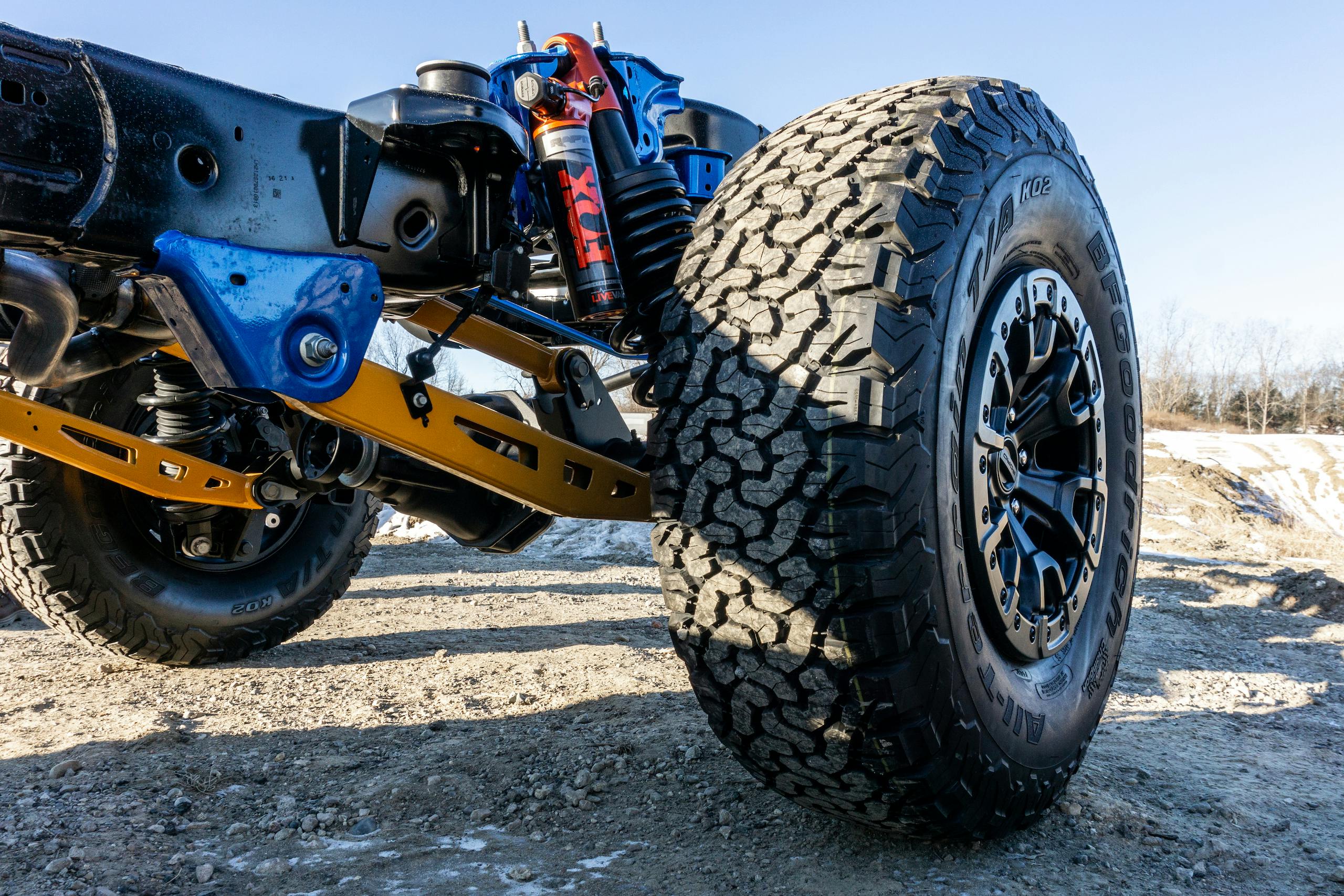
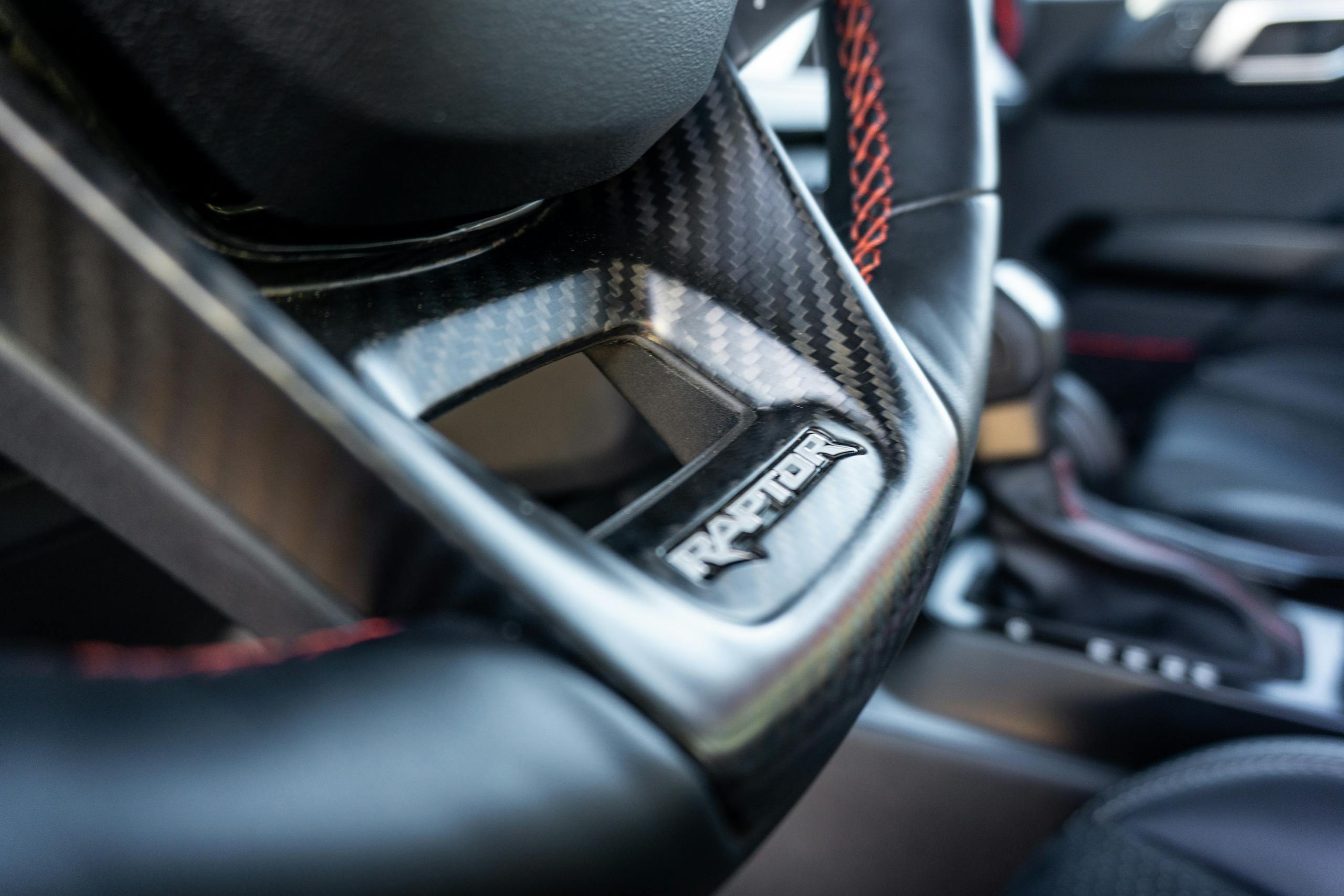

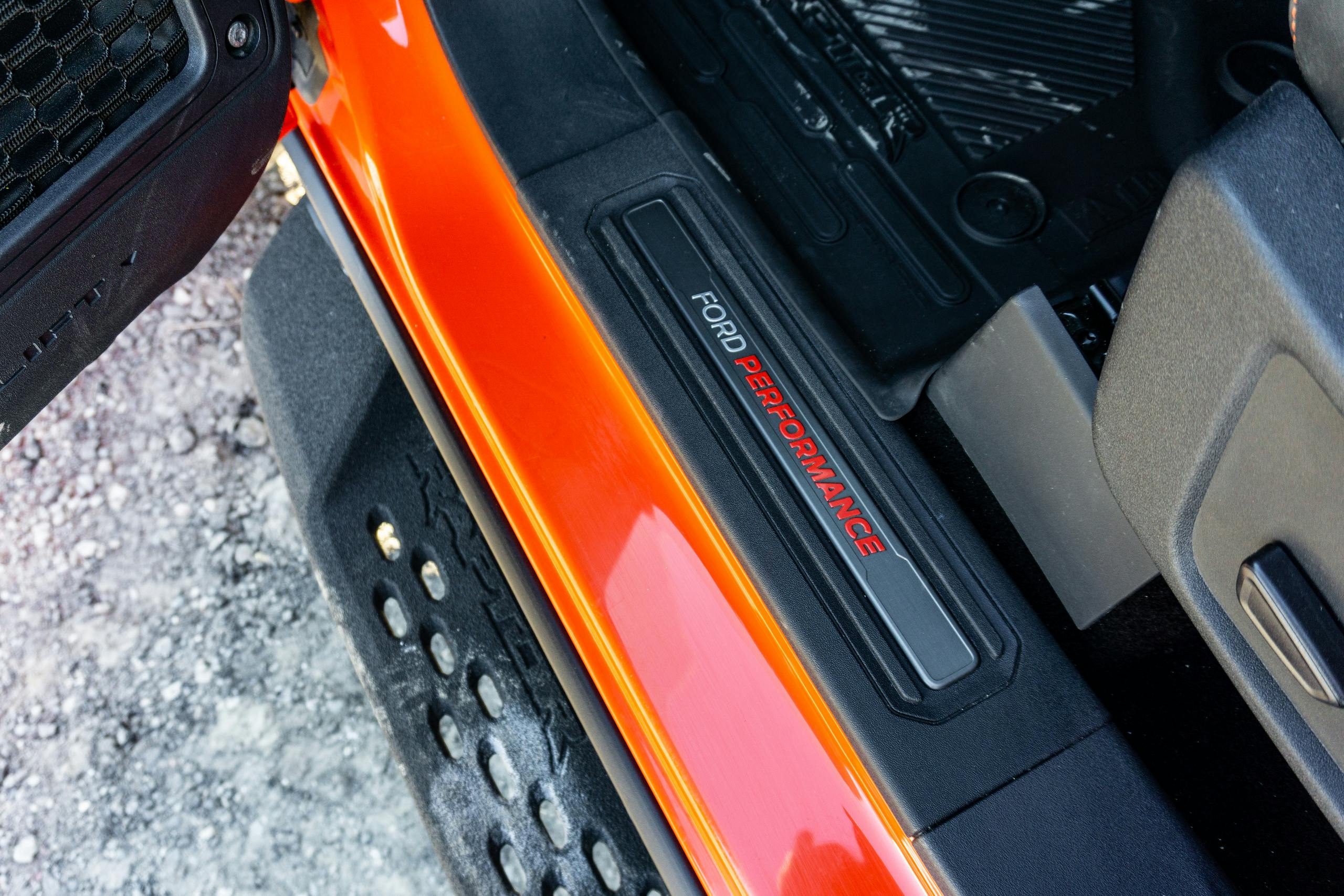
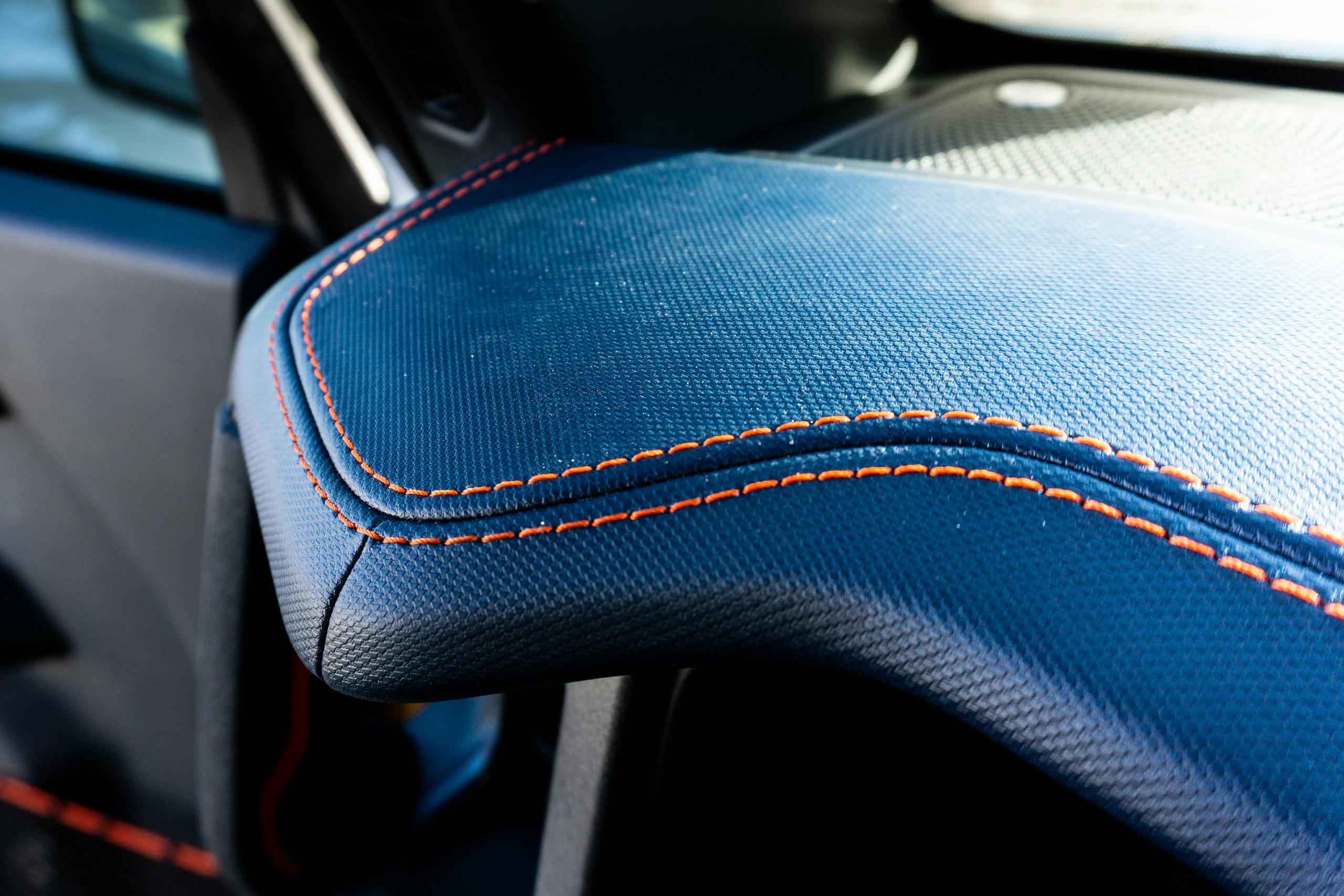
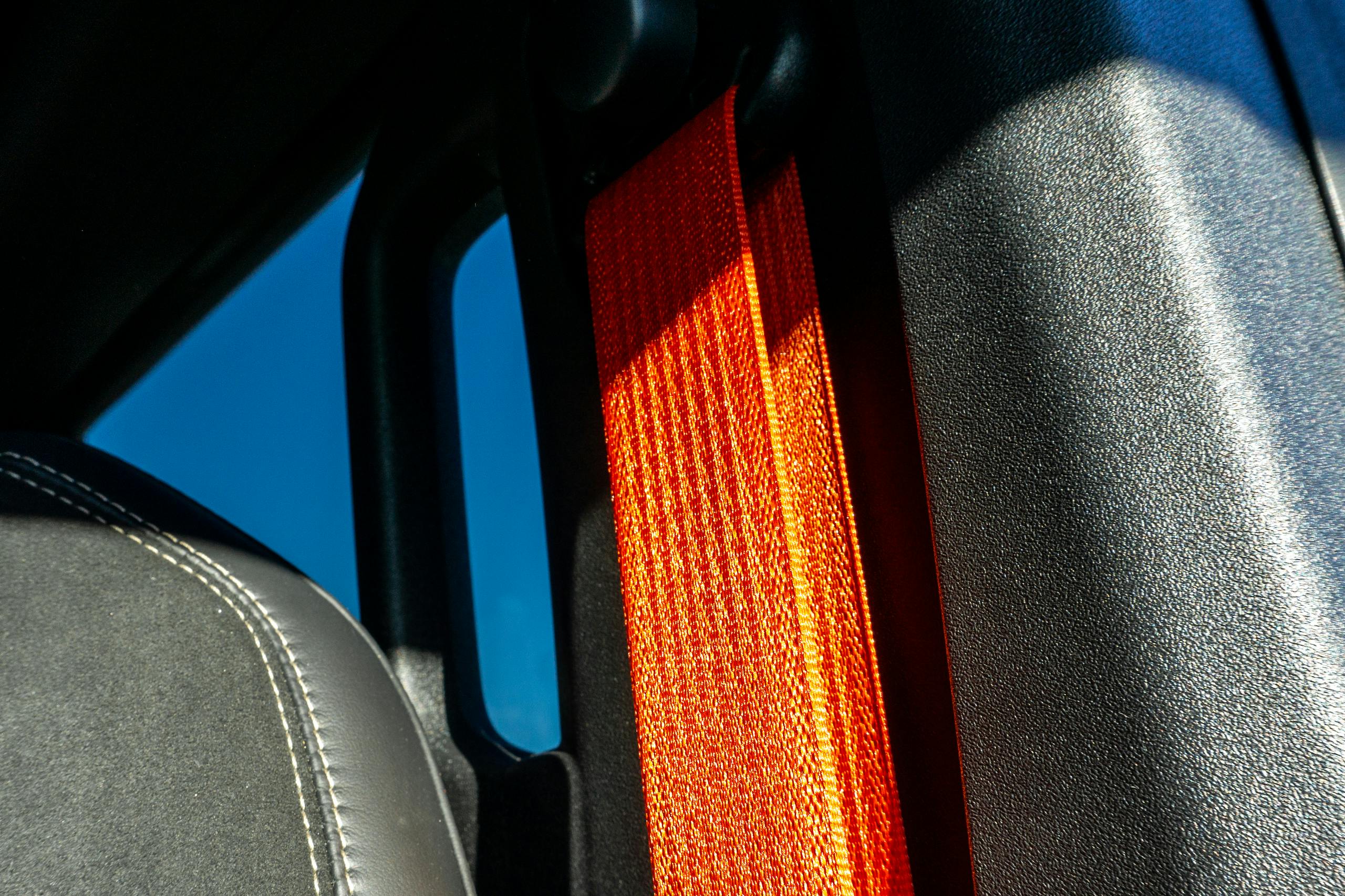

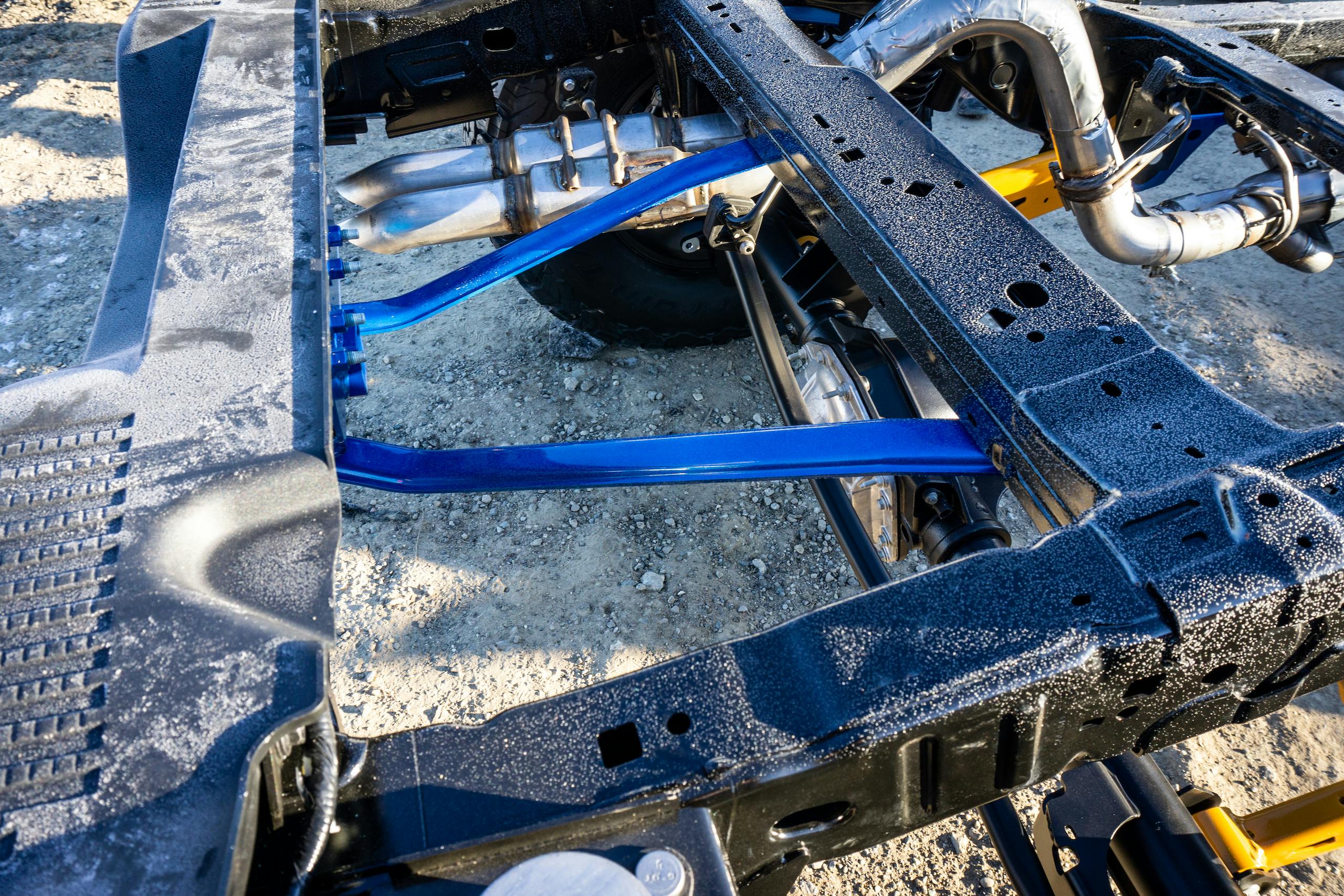
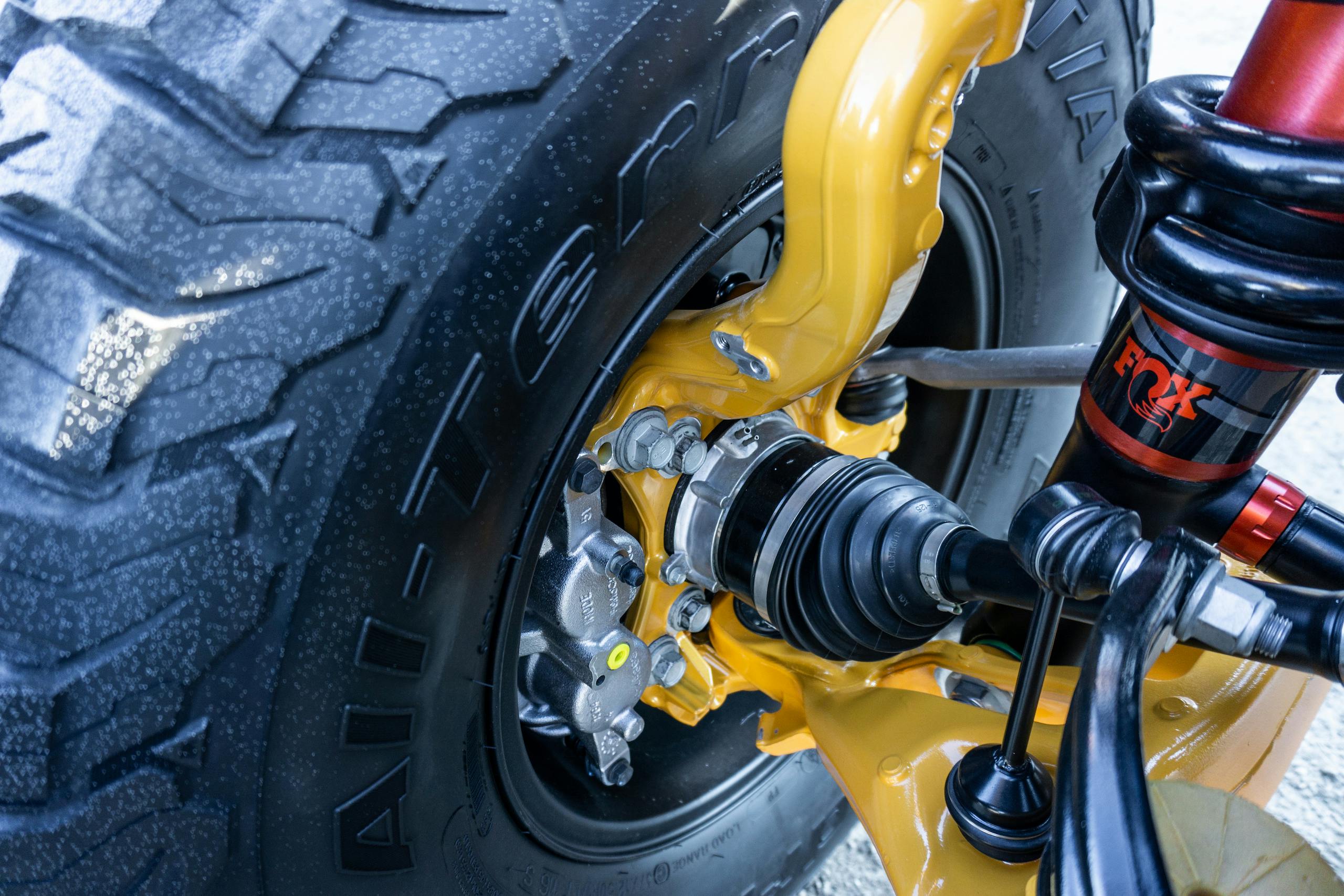
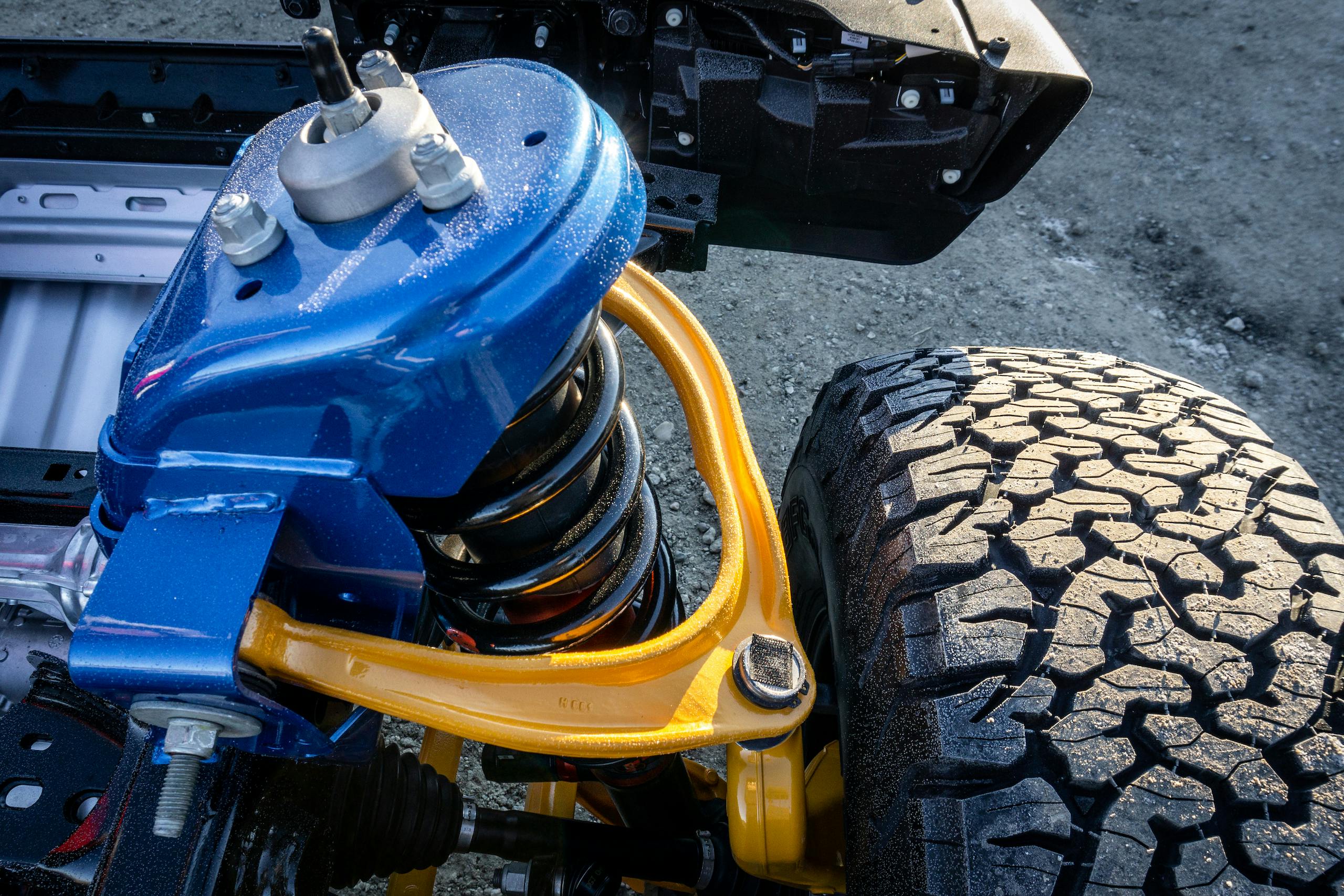

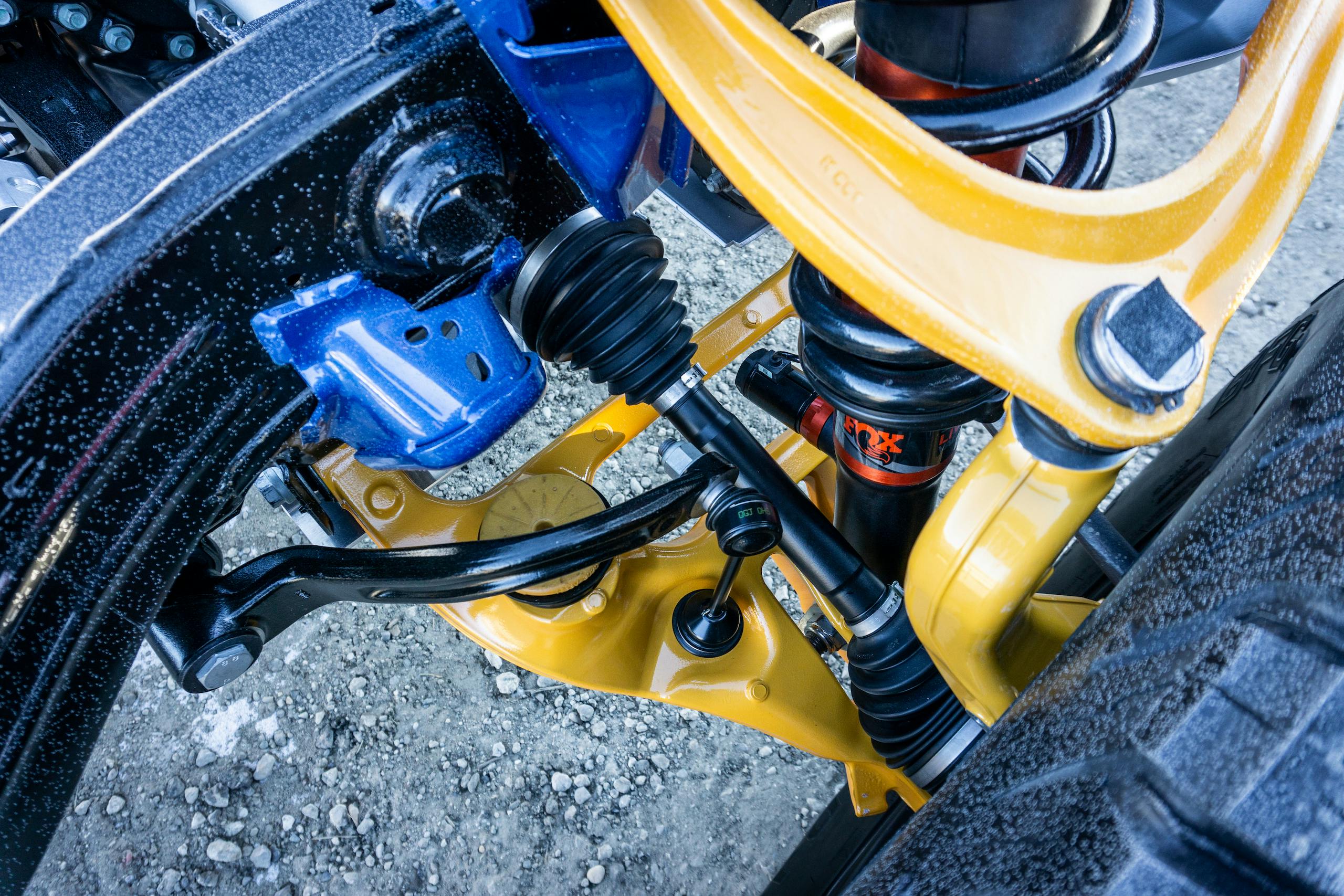
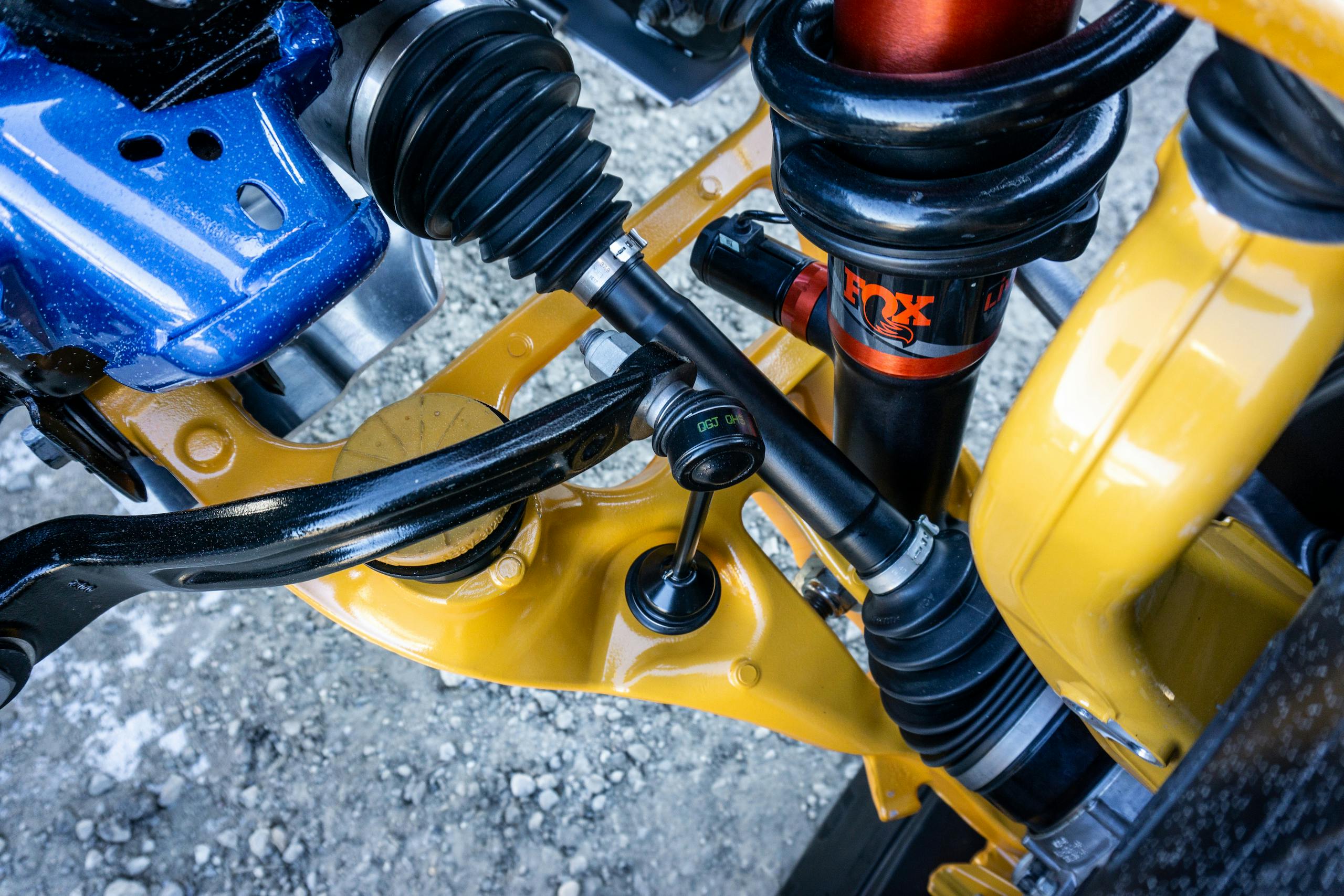
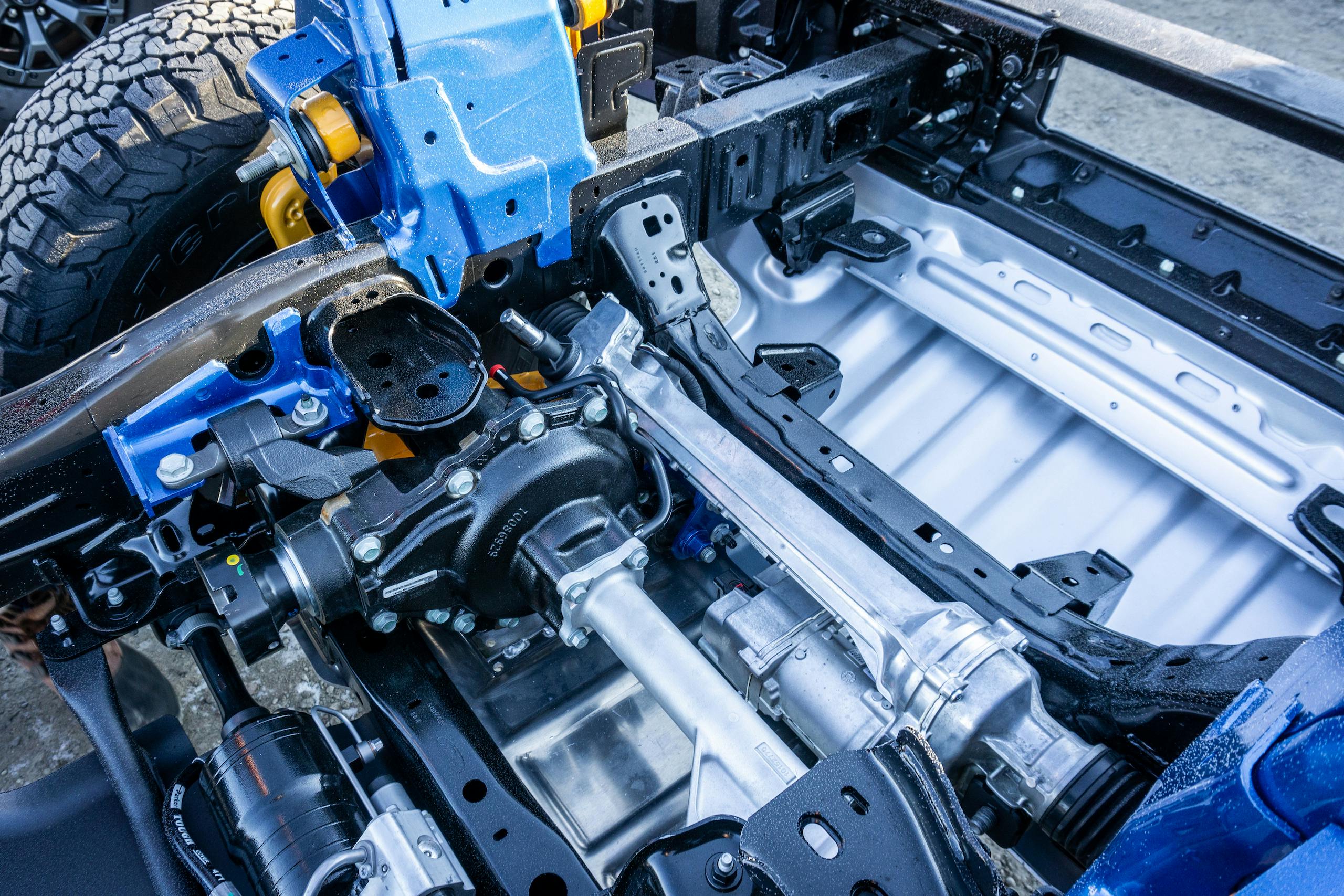


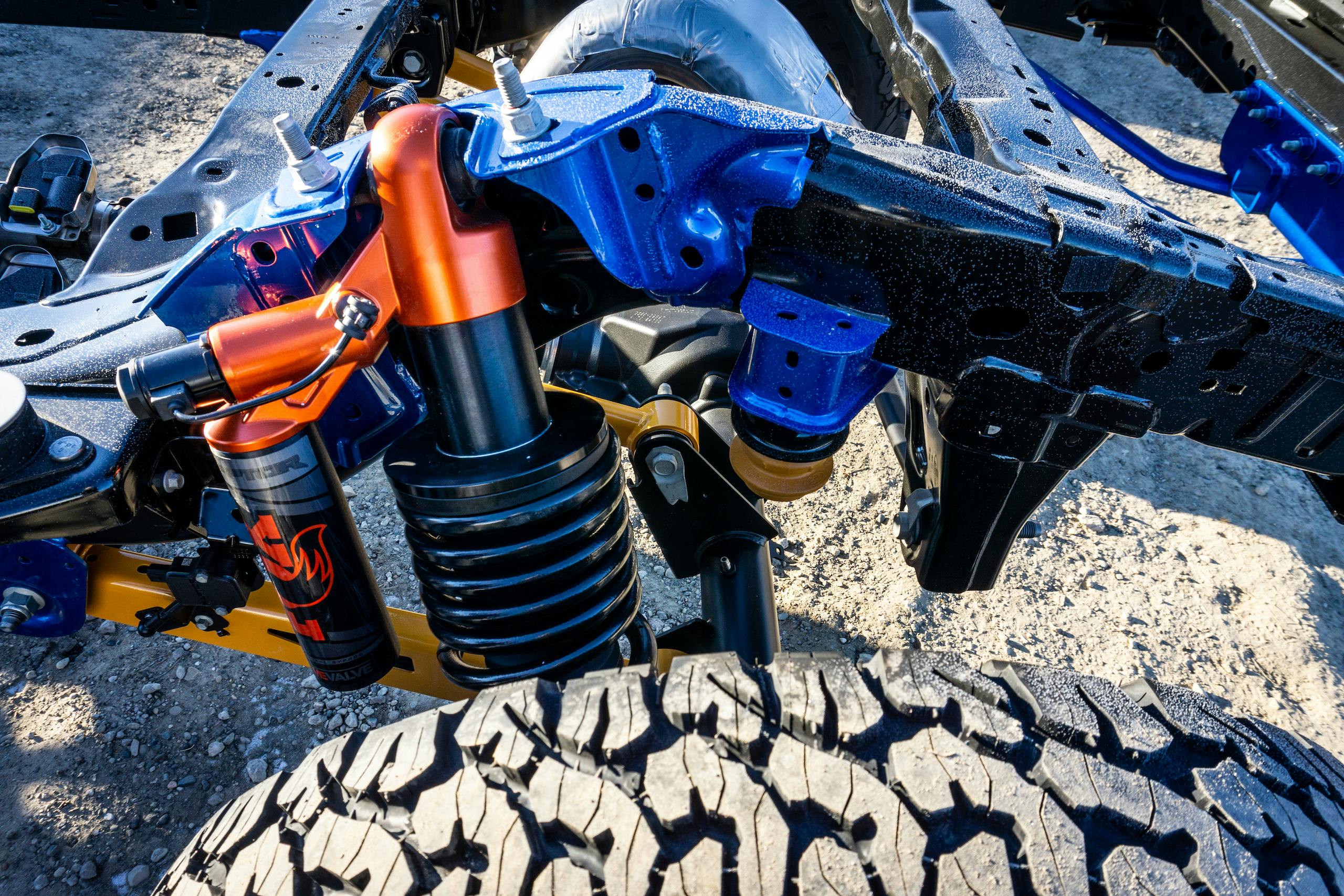
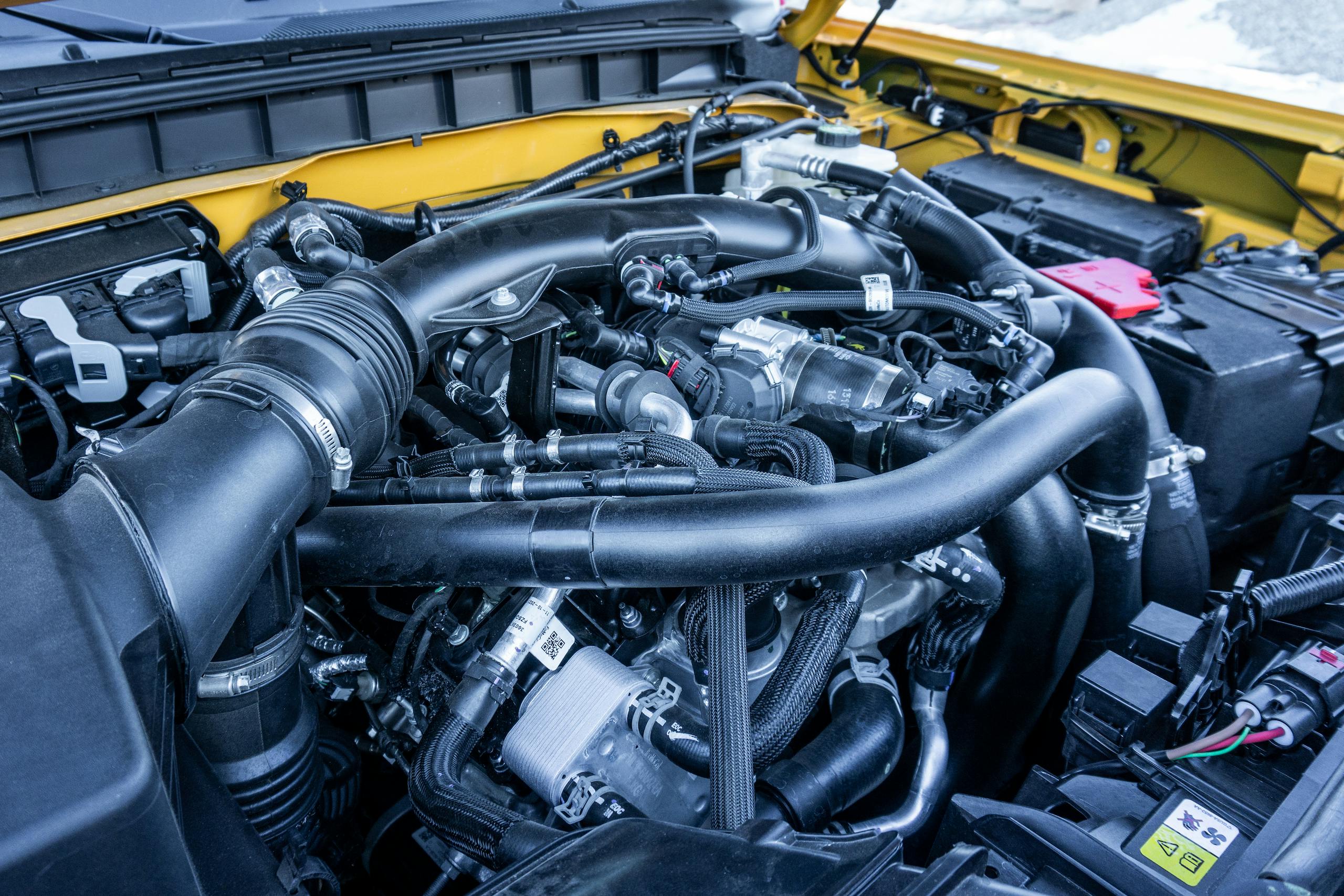
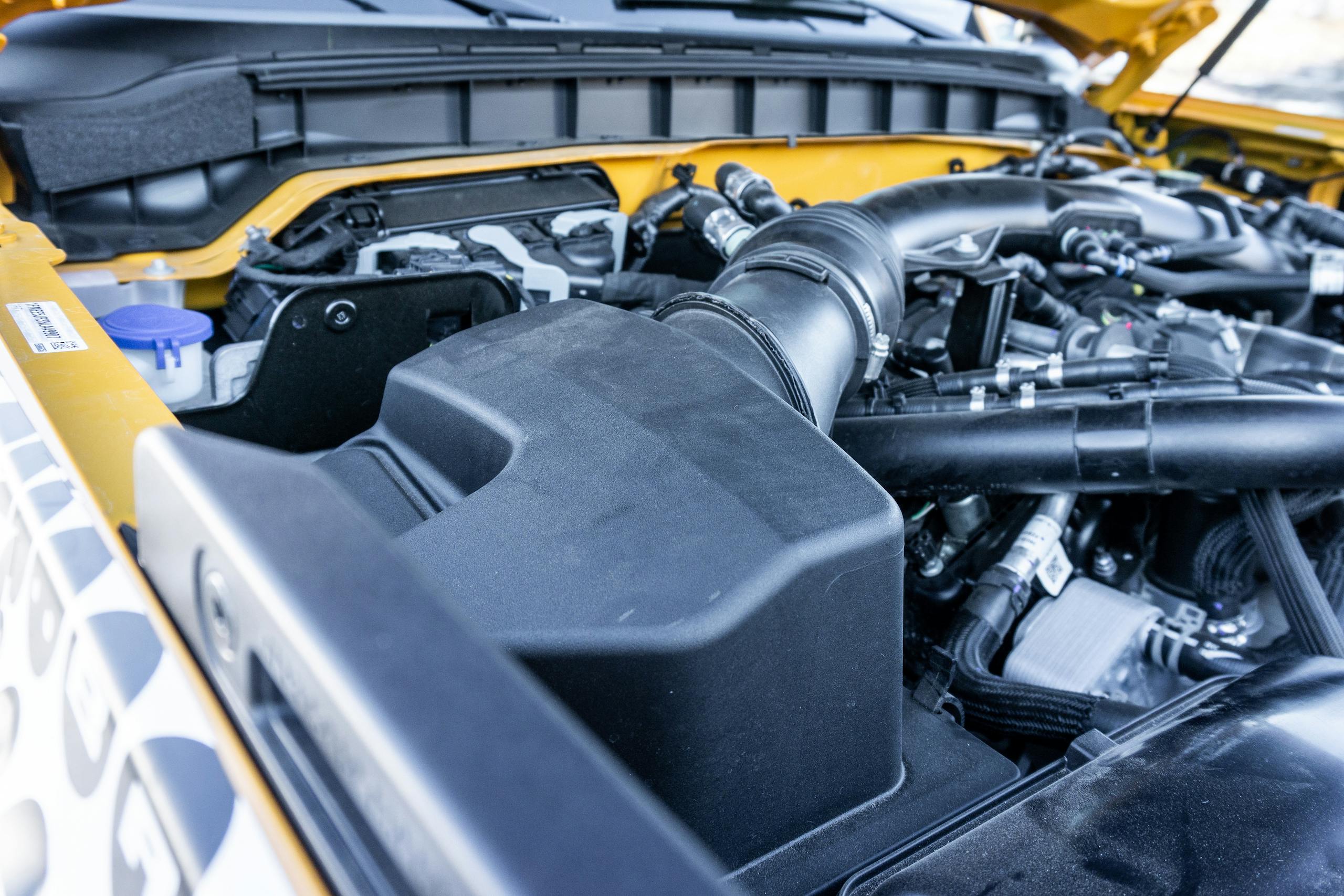
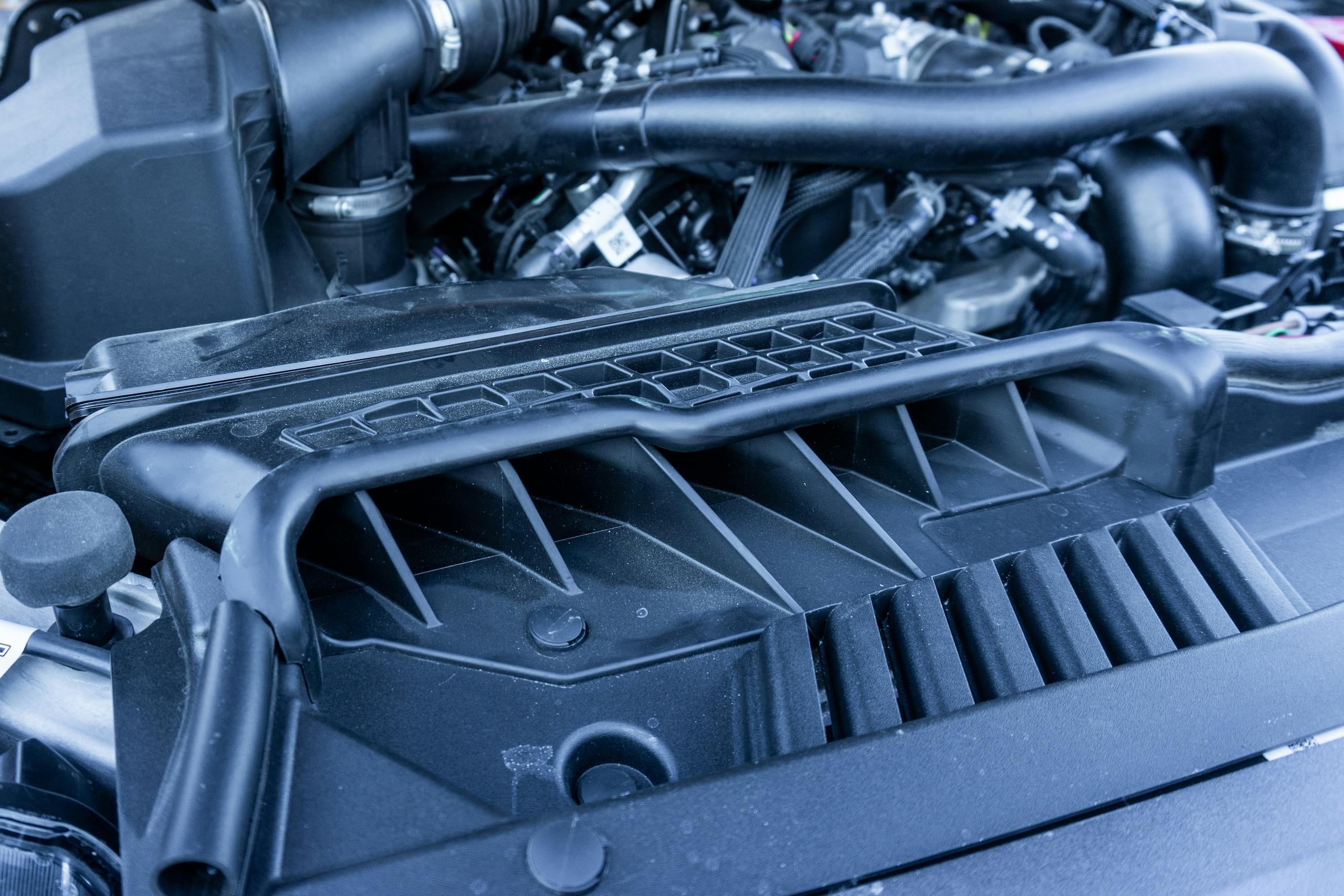

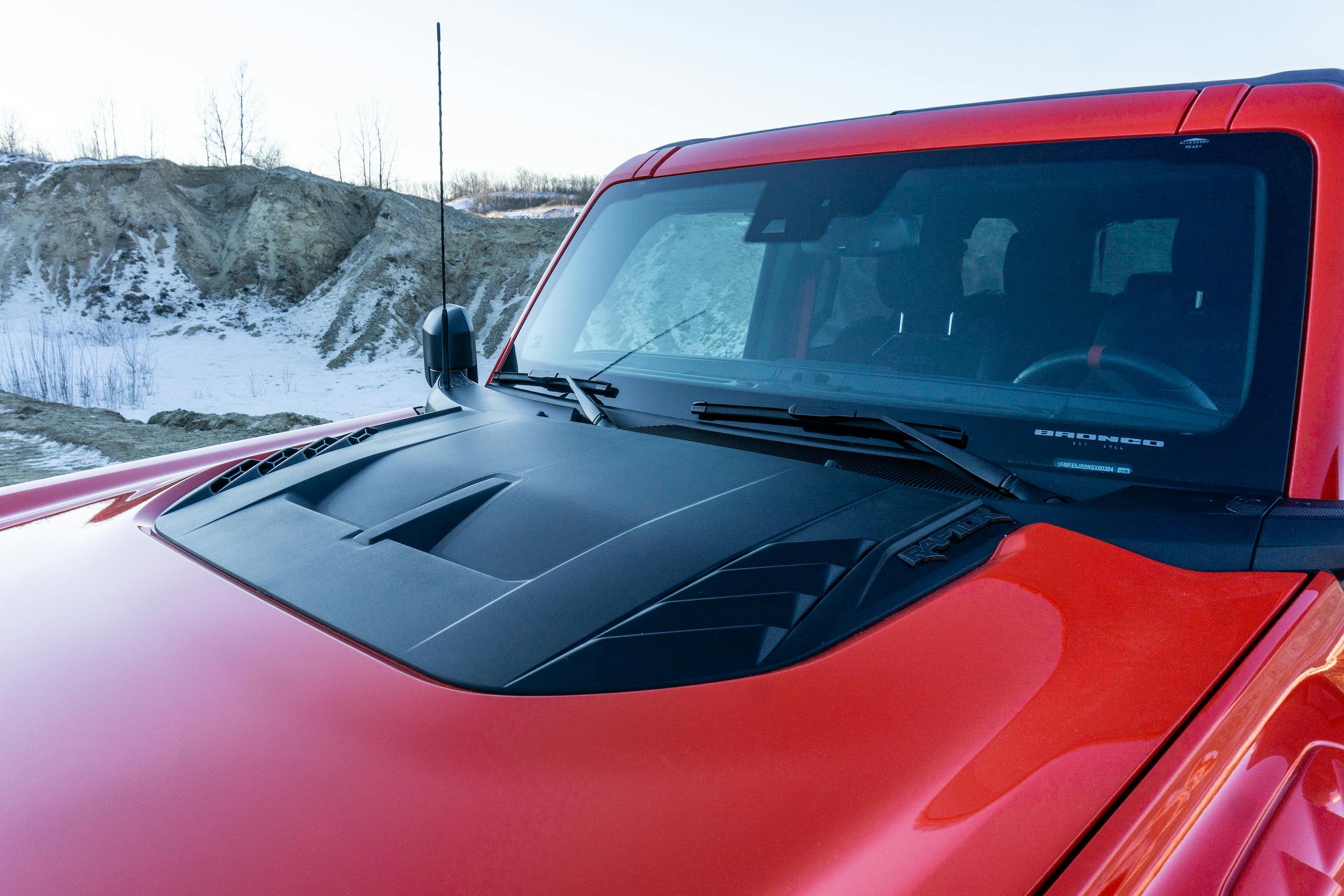
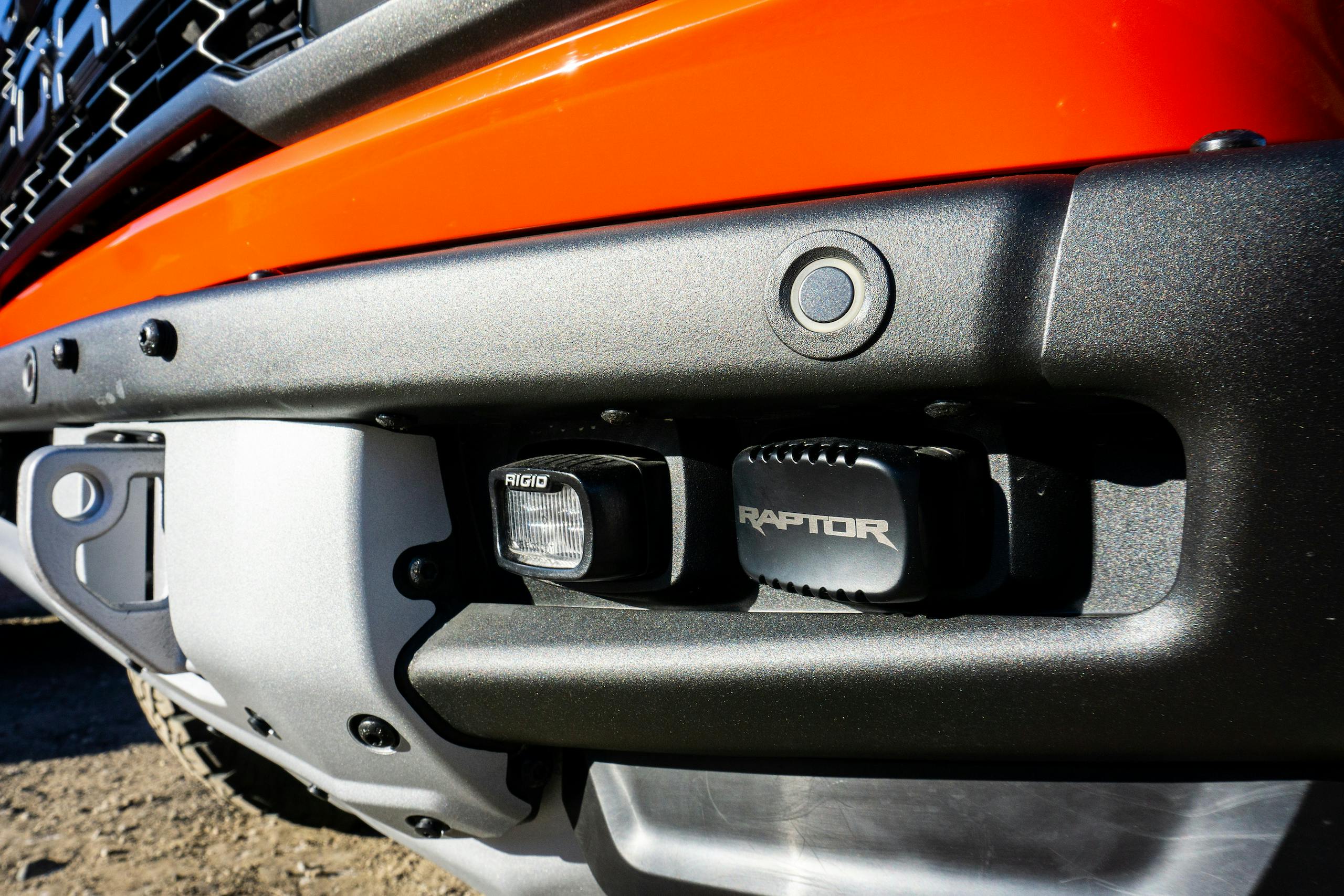
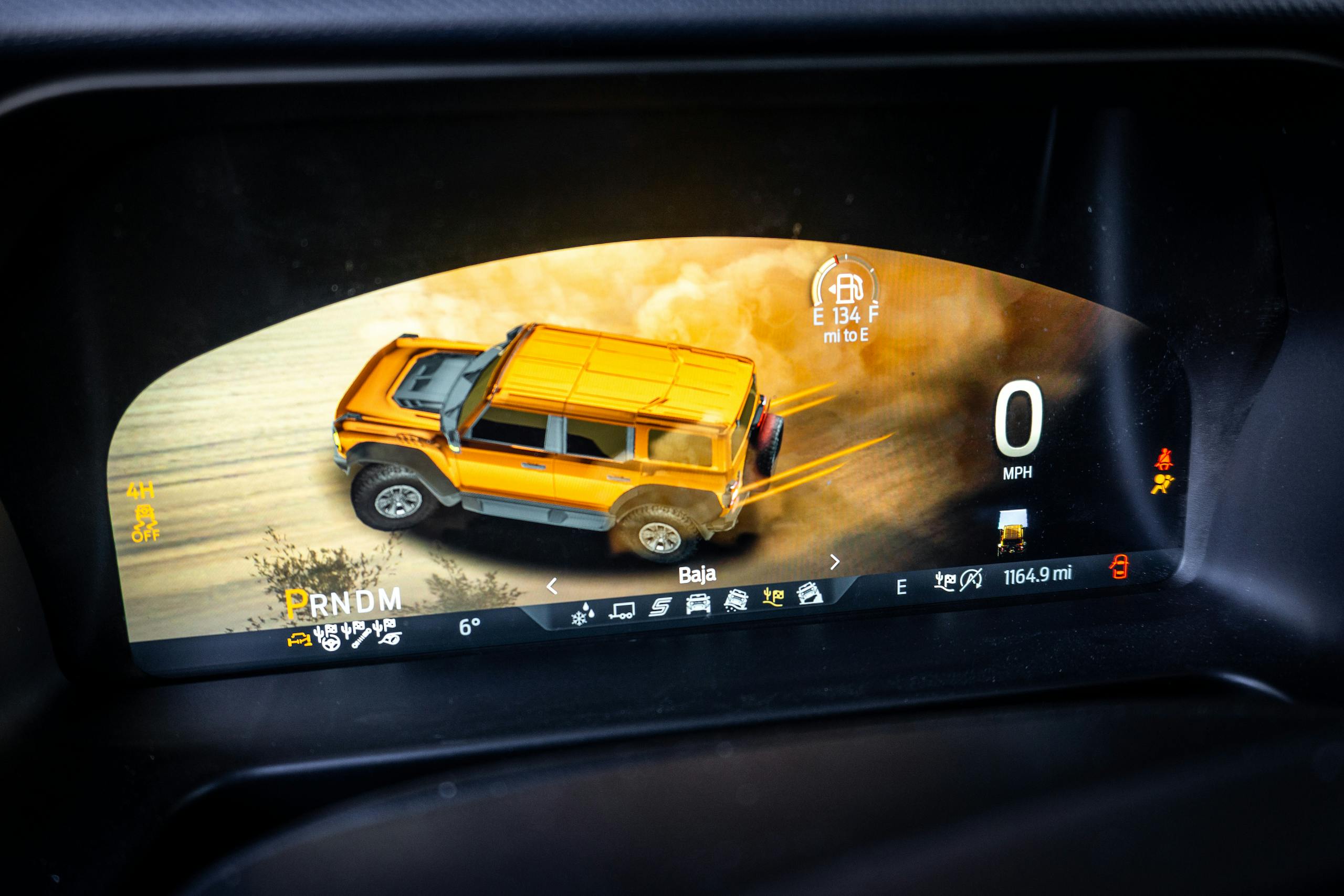






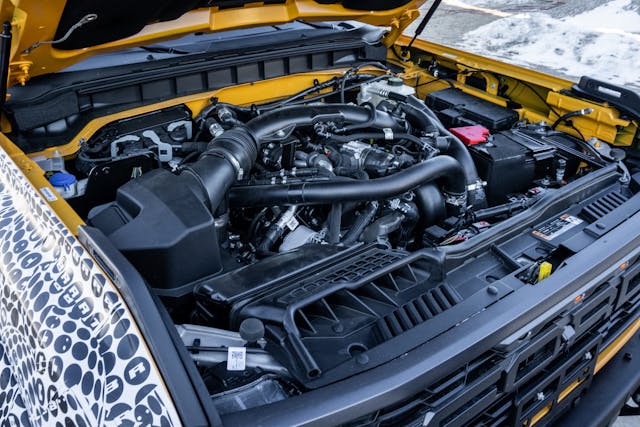


























Would your company Hagerty ponder unlimited advertisements in Nome, Alaska in return for a new Ford Bronco Raptor. Just saying could turn into something viral positively for your company and beyond .. .. ..